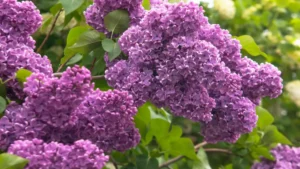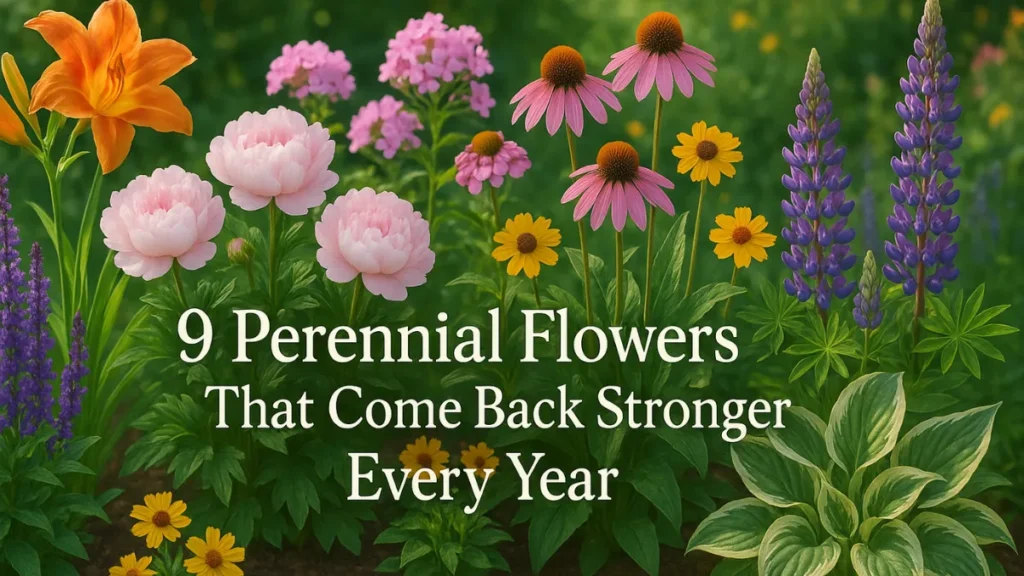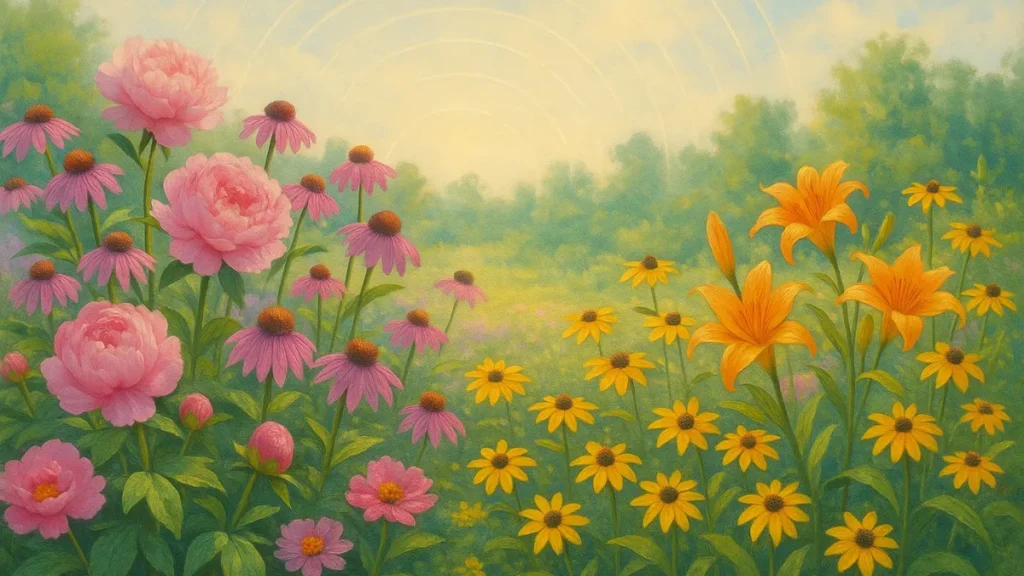When it comes to building a stunning, low-maintenance, and diverse garden, shrubs are the ultimate backbone. These versatile plants offer structure, color, privacy, and seasonal interest all year long. Whether you’re looking for bold blooms, evergreen foliage, or pollinator-friendly choices, the right shrubs can instantly elevate your landscape.
Here are the top 12 shrub plants in the USA that gardeners love for creating truly picturesque outdoor spaces.
1. Hydrangea (Hydrangea spp.)
- Why it’s popular: Big, showy flower heads that bloom in shades of blue, pink, or white.
- Best use: Borders, containers, and as flowering focal points.
- Growing zones: 3–9
- Sunlight: Partial sun
Hydrangeas are a garden favorite thanks to their romantic appearance and long-lasting blooms. They’re great in both formal and cottage-style landscapes.
2. Boxwood (Buxus spp.)
- Why it’s popular: Evergreen structure perfect for hedges and garden borders.
- Best use: Topiary, foundation planting, and formal designs.
- Growing zones: 5–9
- Sunlight: Full sun to partial shade
This dense, compact shrub stays green year-round and can be shaped to perfection—ideal for clean lines and classic symmetry.
3. Lilac (Syringa vulgaris)
- Why it’s popular: Heavenly fragrance and beautiful spring blooms.
- Best use: Privacy screens, fragrance gardens, and cut flower beds.
- Growing zones: 3–7
- Sunlight: Full sun
Lilacs are cherished for their sweet scent and nostalgic charm. Their blooms also attract butterflies and bees.
4. Azalea (Rhododendron spp.)
- Why it’s popular: Explosive spring color and shade tolerance.
- Best use: Woodland gardens and shaded borders.
- Growing zones: 5–9
- Sunlight: Partial shade
Azaleas light up spring with vibrant flowers and thrive under the dappled canopy of trees.
5. Butterfly Bush (Buddleia davidii)
- Why it’s popular: Long blooming season and pollinator magnet.
- Best use: Wildlife gardens and sunny backyards.
- Growing zones: 5–9
- Sunlight: Full sun
True to its name, this bush attracts butterflies like a magnet while producing stunning floral spikes from summer through fall.
6. Spirea (Spiraea spp.)
- Why it’s popular: Low maintenance and a long bloom season.
- Best use: Mixed borders and foundation planting.
- Growing zones: 3–8
- Sunlight: Full sun
Spirea offers clusters of small blooms and colorful foliage that changes with the seasons, making it ideal for dynamic gardens.
7. Winterberry (Ilex verticillata)
- Why it’s popular: Red berries in winter provide vivid seasonal interest.
- Best use: Wet areas and bird-friendly gardens.
- Growing zones: 3–9
- Sunlight: Full sun to part shade
This deciduous holly lights up the winter garden with bold red berries that attract birds when food is scarce.
8. Ninebark (Physocarpus opulifolius)
- Why it’s popular: Unique peeling bark and bold foliage colors.
- Best use: Wildlife gardens and rustic landscapes.
- Growing zones: 3–8
- Sunlight: Full sun
Ninebark adds texture and visual interest even when not in bloom. Its dark foliage makes a striking contrast in mixed plantings.
9. Rose of Sharon (Hibiscus syriacus)
- Why it’s popular: Tropical-looking blooms that attract hummingbirds.
- Best use: Privacy hedges and summer floral displays.
- Growing zones: 5–9
- Sunlight: Full sun
This hardy hibiscus offers exotic-looking flowers in late summer, just when other shrubs may be fading.
10. Lavender (Lavandula spp.)
- Why it’s popular: Aromatic, pollinator-friendly, and drought-tolerant.
- Best use: Edging, rock gardens, and herb beds.
- Growing zones: 5–9
- Sunlight: Full sun
Lavender’s silvery foliage and fragrant purple blooms add a Mediterranean flair while supporting bees and butterflies.
11. Red Twig Dogwood (Cornus sericea)
- Why it’s popular: Brilliant red stems that shine in winter.
- Best use: Moist soils, erosion control, and seasonal interest.
- Growing zones: 2–7
- Sunlight: Full sun to part shade
This native shrub is prized for its bright red winter stems and year-round durability. It also helps support local wildlife.
12. Camellia (Camellia japonica)
- Why it’s popular: Lush, rose-like blooms in fall and winter.
- Best use: Shaded gardens and foundation plantings.
- Growing zones: 7–9
- Sunlight: Partial shade
Camellias bring elegance and unexpected color to the garden when few other plants are in bloom.
Final Thoughts
Whether you’re designing a formal garden, a cozy backyard oasis, or a wildlife haven, incorporating shrubs into your landscape can create visual interest and year-round beauty. These top 12 shrub plants are not only proven performers in American gardens but also bring unique charm, color, and function to any outdoor space.



